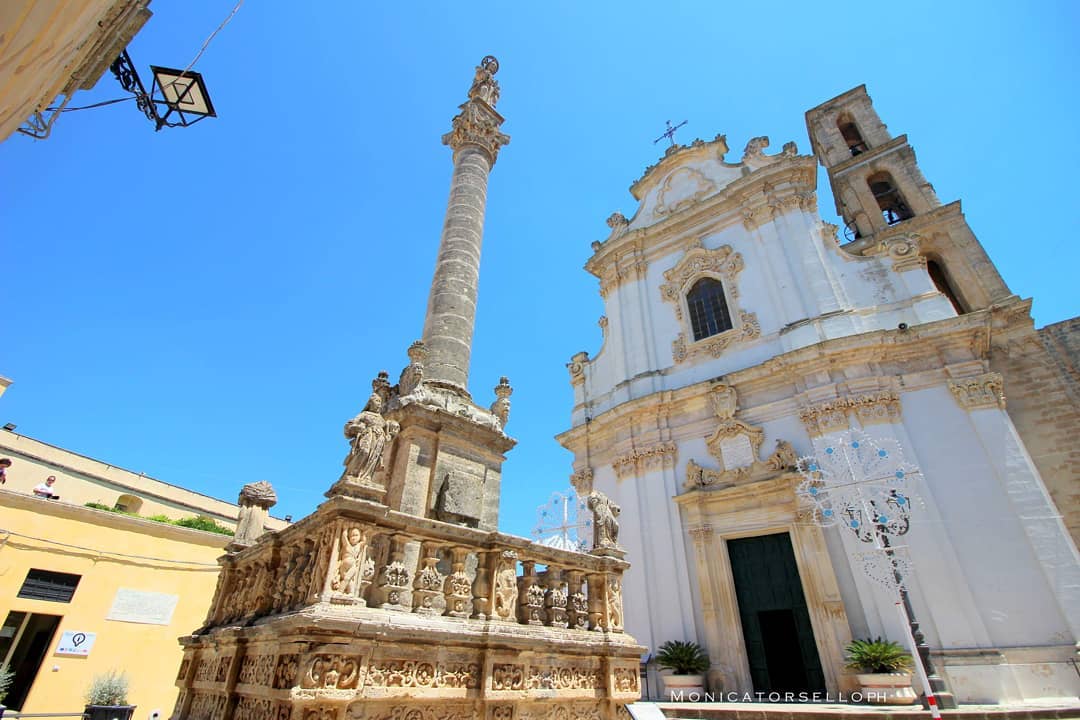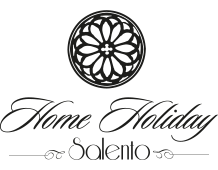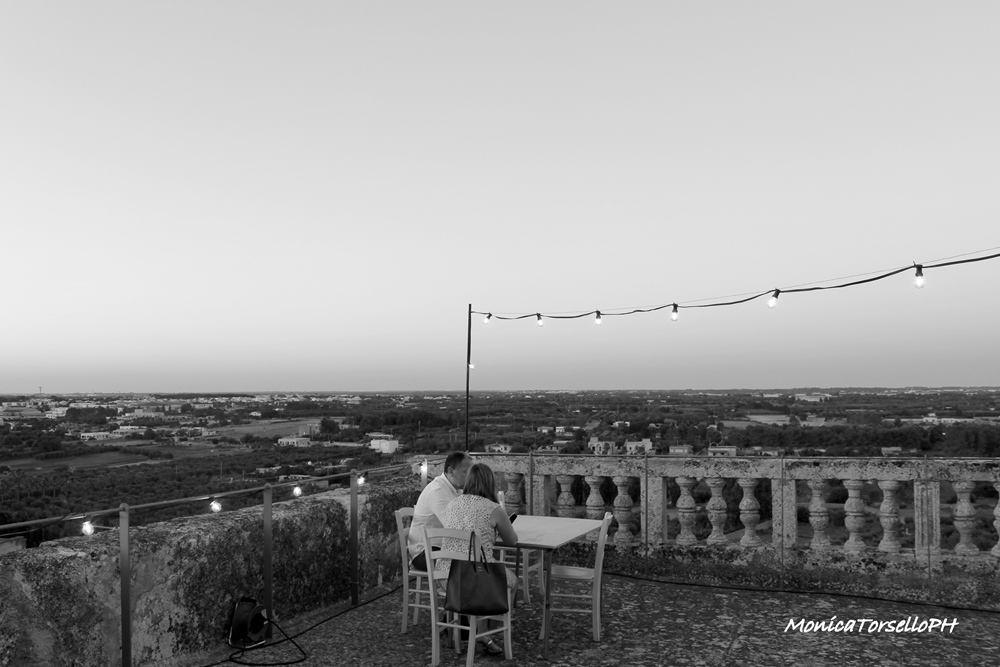
Itinerary in Presicce, inserted in the most beautiful villages in Italy
The light and beauty that Presicce offers visitors are among the emotions that the tourist-opsite will remember with pleasure of their stay. Below is an itinerary
Doge’s Palace – Museum of Rural Civilization
It was a Norman castle with towers and a moat, then Renaissance and Baroque elements were added; thus it became the residence of the Princes of Presicce. The Salt of the throne has a wooden trussed ceiling, the courtyard of representation is majestic. The true jewel of the Doge’s Palace are the hanging giaridni, of the Mediterranean type, obtained in the 1700s from the ancient walls of the Castle. Throughout the year, the gardens as well as the Palazzo Ducale are the epicenter of cultural events, events and exhibitions.
The Museum of Peasant Civilization is a collection on the uses of the popular preschinese tradition.
Hypogeum system of Piazza del Popolo
the territory of Presiso is the richest of underground oil mills to grott, the first trappeti were dug around the XIIIsec. This is the circuit of mills that branch into the subsoil of Piazza del Popolo, very suggestive represent a real underground walkway. Between 1500 and 1600 the absence of the tax on the ground, the so-called “jus trappeti”, favored the spread of the mills and the arrival of squires who built their palaces here.
Frantoio di Via Gramsci
It is located on the ancient road dedicated to the Madonna dei Sette Veli and represents the typical hypogeum, purchased and partially recovered from the state of neglect, from the City in the 90s, but without furniture. Well distributed and of clear historical reading, it preserves a majestic stone of millstone, the presses, the stacks of stone lecce, the stable for the animals and the deposits for the olives, in ancient times called “sciave”.
Casa Turritta
Casa Turrita or Torre San Vincenzo, belonged to the Adam family, and was built around the sixteenth century as a defensive tower, and represents one of the three towers placed in defense of the city of Presicce.
Mother Church of St. Andrew the Apostle and Votive Column of St. Andrew
It was rebuilt in 1778, on what in 1500 was damaged by the earthquake. Of the Church of 1500, there is a bell tower and a chapel below. It has a Latin cross plan, very bright and harmonious in its eight lateral altars, enriched with stuccos and paintings on canvas by local artists of the 1600. The high altar and the balustrade in polychrome marble, the baptismal font and the lustral piles, are of a Neapolitan school and were donated by Francesco I di Borbone, in recognition of the Marquis Michele Arditi. The paintings, they said, are of important artisans such as Catalano and Tis. The church also preserves a precious “treasure” made up of pyxis, reliquaries, silver monstrances and a precious baroque ciborium in solid golden silver.
The votive column of Sant’Andrea was built in the early 1700s by the noble Bartilotti family. In Baroque style it is made up of a shaft with a capital on which the statue of the Saint rests.
Church of Santa Maria degli Angeli
It was built in the late sixteenth century, on the basis of various miraculous events. The architectural structure has a nave with a cross-vaulted roof, connected by a hemispherical dome. On the right transept there are layers of frescoes, a clear sign of a pre-existing structure, of the Byzantine era, datibli between the twelfth and fourteenth century. In the transept between the paintings a Madonna and Child </ em> triumphs, an icon of the miraculous event.
Curiosity
It is said that in the Church of S. Maria degli Angeli, Vanini tales of a miracle to which he would have lived as a child and which he reconstructs in the Amphitheatrum aeternae providentiae.
(Our guests can book a guided tour of the InfoPoint at the phone number 3406506421)




 come posso aiutarti?
come posso aiutarti?